Understanding Musculoskeletal Disorders: Insights from Ayurveda
Understanding Musculoskeletal Disorders: Insights from Ayurveda encompass a range of conditions affecting the muscles, bones, joints, tendons, and ligaments. These disorders can lead to pain, inflammation, and decreased mobility, significantly impacting an individual’s quality of life. While conventional medicine often relies on pharmacological treatments and surgical interventions, Ayurveda—a traditional system of medicine originating from India—offers a holistic approach to understanding and managing these disorders.
What Are Musculoskeletal Disorders?

Musculoskeletal disorders include conditions such as arthritis, osteoporosis, tendonitis, and back pain. They can be caused by a variety of factors, including:
- Injury: Acute injuries can lead to conditions like sprains, fractures, and strains.
- Overuse: Repetitive motions can cause chronic conditions such as tendonitis and bursitis.
- Aging: Age-related changes in the body can contribute to conditions like osteoarthritis.
- Lifestyle Factors: Poor posture, sedentary lifestyles, and lack of exercise can exacerbate musculoskeletal issues.
Common symptoms of MSDs include:
- Persistent pain
- Swelling and inflammation
- Stiffness, especially after periods of inactivity
- Reduced range of motion
- Fatigue
The Ayurvedic Perspective on Musculoskeletal Disorders
Ayurveda views health as a balance between the mind, body, and spirit, emphasizing the interconnectedness of physical and emotional well-being. According to Ayurvedic philosophy, musculoskeletal disorders are often the result of imbalances in the body’s doshas (Vata, Pitta, and Kapha).
Understanding the Doshas
- Vata: Associated with air and space, Vata governs movement and is responsible for bodily functions like circulation and nerve impulses. Imbalances in Vata can lead to dryness, coldness, and instability, contributing to disorders like arthritis and joint pain.
- Pitta: Linked to fire and water, Pitta regulates digestion and metabolism. An excess of Pitta can cause inflammation and heat in the body, resulting in conditions such as bursitis or inflammatory arthritis.
- Kapha: Representing earth and water, Kapha provides structure and stability. When Kapha is imbalanced, it can lead to stagnation and excess fluid, which may manifest as swelling and joint stiffness.
The Role of Agni
In Ayurveda, Agni, or digestive fire, plays a crucial role in maintaining health. A balanced Agni ensures proper digestion and absorption of nutrients, supporting the body’s ability to heal and maintain optimal function. Poor digestion can lead to the accumulation of toxins (ama), which can contribute to musculoskeletal disorders.
The Importance of Srotas
Srotas are the channels through which nutrients and waste products flow in the body. Ayurveda emphasizes the importance of healthy srotas for overall wellness. Blockages or imbalances in these channels can lead to the accumulation of toxins and contribute to various disorders, including those affecting the musculoskeletal system.
Ayurvedic Treatments for Musculoskeletal Disorders
Ayurveda offers a range of treatments for managing musculoskeletal disorders, focusing on restoring balance and promoting healing.
1. Dietary Modifications
Diet plays a vital role in Ayurvedic healing. Specific dietary recommendations for managing MSDs include:
- Anti-inflammatory Foods: Incorporate foods rich in omega-3 fatty acids (such as flaxseeds and walnuts), ginger, turmeric, and garlic to reduce inflammation.
- Balanced Diet: Focus on a diet that balances all three doshas. Include whole grains, fresh fruits, vegetables, lean proteins, and healthy fats.
- Hydration: Stay well-hydrated to support joint lubrication and overall health.
2. Herbal Remedies
Ayurvedic herbs have been used for centuries to alleviate pain and inflammation associated with musculoskeletal disorders. Some commonly used herbs include:
- Turmeric (Curcuma longa): Known for its anti-inflammatory properties, turmeric can be consumed in food or taken as a supplement.
- Ashwagandha (Withania somnifera): This adaptogenic herb helps reduce stress and inflammation, supporting muscle recovery.
- Boswellia (Boswellia serrata): Often used for its pain-relieving properties, boswellia can be beneficial for joint health.
- Ginger (Zingiber officinale): With natural anti-inflammatory effects, ginger can be consumed as tea or added to meals.
3. Panchakarma Therapy
Panchakarma is a detoxification process in Ayurveda that aims to eliminate toxins and restore balance. This therapy may involve:
- Abhyanga (Oil Massage): A therapeutic oil massage using warm herbal oils can soothe muscles and improve circulation.
- Swedana (Steam Therapy): This involves herbal steam treatments that help relax muscles and open up the channels for toxin elimination.
- Basti (Medicated Enema): Used to cleanse the colon and balance Vata dosha, basti can alleviate various musculoskeletal issues.
4. Yoga and Exercise
Yoga is an integral part of Ayurvedic practice, promoting flexibility, strength, and balance. Specific yoga poses can help:
- Increase Range of Motion: Poses like the Cat-Cow and Downward Dog can improve flexibility and relieve tension.
- Strengthen Muscles: Weight-bearing poses such as Warrior I and II can help build muscle strength, supporting joint stability.
- Enhance Relaxation: Breathing exercises and restorative poses can help reduce stress and promote mental well-being, which is vital for healing.
5. Lifestyle Modifications
In addition to dietary and herbal interventions, Ayurveda emphasizes the importance of lifestyle choices:
- Stress Management: Techniques such as meditation, deep breathing, and mindfulness can help reduce stress, which often exacerbates pain.
- Sleep Hygiene: Quality sleep is essential for recovery. Establishing a regular sleep routine and creating a restful environment can support healing.
- Posture Awareness: Being mindful of posture, especially during prolonged sitting or standing, can prevent strain and discomfort.
Conclusion
Musculoskeletal disorders can significantly impact daily life, but Ayurvedic medicine offers a comprehensive approach to managing these conditions. By addressing the root causes of imbalances and emphasizing a holistic lifestyle, Ayurveda provides valuable tools for healing and maintaining musculoskeletal health.
Individuals suffering from MSDs should consult qualified Ayurvedic practitioners to receive personalized treatment plans tailored to their specific needs. Through dietary changes, herbal remedies, therapeutic practices, and lifestyle modifications, Ayurveda can help restore balance, alleviate pain, and enhance overall well-being.
As we embrace a more integrated approach to health, the ancient wisdom of Ayurveda continues to offer valuable insights into the prevention and management of musculoskeletal disorders, promoting a path toward holistic healing and vitality.



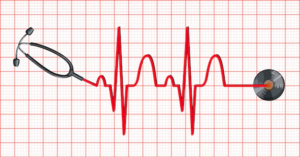
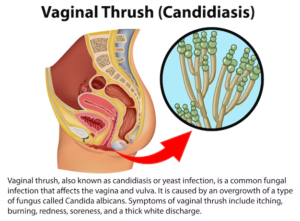
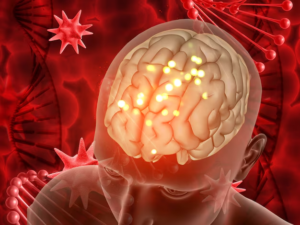
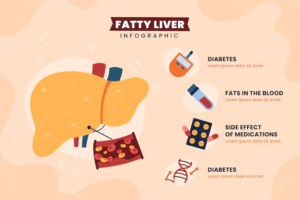
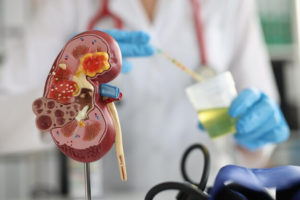
Leave a reply